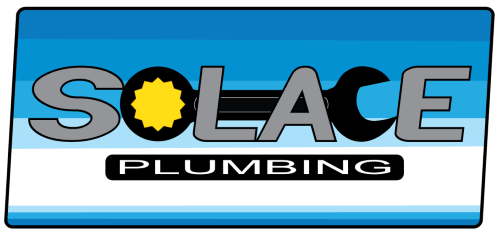Reasons for Rust Beneath a Water Heater
Water heaters are critical appliances in homes, providing hot water for daily use.
Water heaters are critical appliances in homes, providing hot water for daily use. However, discovering rust beneath a water heater can be a cause for concern. Rust is unsightly and can indicate underlying problems that may hurt the efficiency and longevity of the water heater. Understanding the reasons behind rust formation can help homeowners address the problem promptly and effectively, potentially avoiding costly repairs or the early replacement of the unit.
Leaking tank
One of the most common reasons for rust beneath a water heater is a leaking tank. Over time, the constant exposure to water and heat can cause the tank to corrode from the inside out. When the corrosion becomes severe enough, it can lead to small leaks. These leaks may not be immediately notable but can cause water to pool beneath the unit, leading to rust formation on the floor or stand.
Condensation
In some cases, rust beneath a water heater may be caused by condensation rather than a leak. This issue is particularly common in humid environments or when there's a significant temperature difference between the water inside the tank and the surrounding air. As warm, moist air contacts the cooler surface of the tank or pipes, it can form water droplets. These droplets can accumulate and drip onto the floor, creating conditions conducive to rust formation.
Loose or damaged fittings
Rust beneath a water heater can also result from loose or damaged fittings. The various connections on a water heater can develop leaks if they become loose or worn over time. These small leaks may not be immediately apparent but can create enough moisture to cause rust on the floor or stand beneath the heater.
Corrosion of the anode rod
The anode rod is a critical aspect of a water heater, created to attract corrosive bits in the water and protect the tank from rust. However, if the anode rod becomes completely corroded, it can no longer perform its function properly. This problem can lead to accelerated corrosion of the tank itself, potentially resulting in leaks and rust formation beneath the unit.
High water pressure
Excessive water pressure can put stress on a water heater and its components, leading to leaks and subsequent rust formation. High pressure can cause small cracks or weaknesses in the tank or fittings to worsen over time. Additionally, it can cause the temperature and pressure relief valve to activate more frequently, potentially leading to small leaks around the valve.
Age of the water heater
As water heaters age, they become more susceptible to various issues that can lead to rust formation. The protective lining inside the tank may deteriorate, the anode rod may become less effective, and components may wear out. These factors can contribute to leaks and corrosion, resulting in rust beneath the unit. Most water heaters have a lifespan of 8-12 years, and as they approach the end of their expected life, the likelihood of such problems increases.
Improper installation
Rust beneath a water heater can sometimes be traced back to improper installation. If the unit is not level or if the connections are not sealed correctly, it can lead to small leaks or water accumulation. Additionally, if the water heater is installed in an area prone to moisture or without proper ventilation, it can contribute to condensation and rust formation. Having a water heater installed by an expert can help avoid these installation-related issues.
Lack of regular maintenance
Regular maintenance is crucial for preventing rust and other issues with water heaters. Neglecting routine tasks such as flushing the tank, checking the anode rod, and inspecting fittings can allow small problems to escalate.
Environmental factors
The installation environment can contribute to rust formation. Factors such as high humidity, exposure to salt air in coastal areas, or the presence of corrosive elements in the water supply can accelerate corrosion and rust development. In some cases, additional protective measures or more frequent maintenance may be necessary to combat these environmental factors.
Identifying the specific cause of rust beneath a water heater is crucial for addressing the issue effectively. While some causes may be relatively simple to remedy, others may indicate more serious problems that require professional attention. Regular inspection, maintenance, and prompt attention to any signs of leaks or corrosion can help prevent rust formation and extend the life of the water heater.
For any concerns about rust beneath a water heater or other water heater issues, consulting with a licensed plumber is advisable. Professional plumbing repair services can provide expert diagnosis, recommend appropriate solutions, and perform necessary repairs or replacements to maintain the efficiency and longevity of the water heater system.
Solace Plumbing is a leading plumber in Gilbert, AZ, offering sewer services, water heater, tankless water heater, electric water heater, gas water heater, water filter, reverse osmosis system installation and repair, water conditioner installation and repair, water treatment system maintenance, and water treatment system installation and repair. Licensed and insured with years of industry experience. Call us for an estimate.

